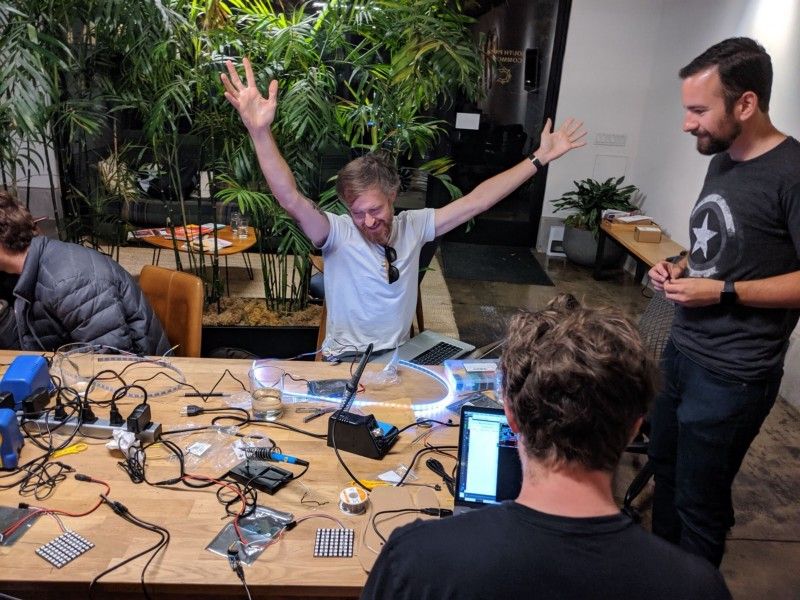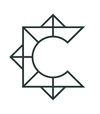Best Practices for Building a Remote Culture with Job van der Voort
Submitted by Finn Meeks

Submitted by Finn Meeks
Like many other companies around the world, our community has been operating remotely for the last eight months. For some members remote work has been freeing. Yet others miss the depth and serendipity of in-person interactions. We’ve been debating remote work best practices within the community and recently invited Job van der Voort, Co-founder and CEO of Remote for a fireside chat and breakout discussion on the topic.
Job was formerly the VP of Product at Gitlab, one of the first companies to successfully operate a fully remote, distributed workforce at scale. After leaving Gitlab, he founded Remote, a global platform that makes it easy to onboard, pay, and manage a remote workforce. And as the name suggests, Remote operates as a fully remote company. He has used his learnings from Gitlab to influence his own company’s remote culture and shape Remote’s product direction. Job is one of the foremost experts on remote work and we are grateful that he shared these insights with us as we refine our own community’s remote culture.
November 12, 2020 Fireside Chat with Job van der Voort
Here are snippets summarizing our key learnings from the fireside chat. Thank you to everyone that attended live and participated in our breakout discussions following the fireside chat.
Remote work != the office
- Being in an office is very easy because it’s what we’ve done for hundreds of years. We rely on our natural desire to say hi to people, to interact with people.
- The moment you build a distributed company, you’re faced with a lot of questions: “When do we work? How do we work? Where do we work?.” All of these questions have non-obvious answers because there’s not a giant history of us doing it. There’s no one that has 50 years of experience of working remotely.
- At Gitlab, we basically had to reinvent everything that we did every six months. We had to treat our organization as a product that we iterated on and that we tried to improve. You have to consistently and constantly look for new ways to get to know each other, to build a culture.
- It helps to be explicit, rather than implicit in a remote organization. Instead of relying on a recurring All Hands to communicate with the organization, it more important to spent time documenting and writing something before announcing it.
Things inevitably break with scale
- When you’re a very small company with just a few people, you can get on the Zoom with the whole team and talk about work and non-work related things. That is a very important part of how you get to know each other, but it stops working once you’re at about 25 people.
- At 25 people, you can no longer have a 30 minute meeting in which everybody speaks. You have to start being much more structured about the way that you do things. At Gitlab, the most important thing we did was create a handbook that served as our single source of truth for anything related to processes and culture.
Nobody likes working alone
- The worst way to build your remote company is to start with a team in one location, and then hire someone that is eight hours away. That does not work. The person either has to work at the same time as the rest of the team or they start to feel very isolated.
- Organizations should quickly start to expand the time zones in which they are active. When we started Remote, we were almost all in Western European time, but we made a conscious decision to hire in America as we expanded. Then we had a group in then PST to EST time zones. If we decided to hire one person in India, we’ll have to commit to hiring at least two or three other people. So that there’s never a moment in a day in which you feel all by yourself in the office.
- It’s still useful to build out concentrations of people (in a city or a country) because they talk with each other and don’t feel isolated. They tend to hire their friends, which means you can quickly build a hub by tapping into your employees networks.
The nitty-gritty of hiring remotely
- One of the most important things is getting the nitty-gritty details of hiring and onboarding right. New hires need to have their laptop, a stable internet connection and a great remote work setup in order to perform their job well (like this setup!). In one case, we rented an apartment with high-speed internet for a new hire in Kenya because they couldn’t work remotely without it.
- Organization is important for onboarding. All of our new employees get a handbook with a checklist of things to do. One of these things is to have calls with X people around the organization, mostly people outside of your own team, so that you start to build a rapport with people across the organization.
- Being remote-first allows you to hire the best people in the world, regardless of where they are based. Remote sets a floor for employee compensation (so everyone is on equal footing) and then adds on whatever it takes to get the employee. It doesn’t matter if the person is overpaid for their location, as long as they are the best person in the world.
Walk the floor
- My co-founder and I have talks with individuals around the organization at random once in a while to test our culture. We call it, walk the floor, which comes from the Toyota way.
- We ask them to tell us whatever they want — How you’re doing? How’s the company doing? What should we be doing different? What is not going well? — and we shut up for 30 minutes and listen. The 20 minute mark is when all the dirt comes out, which is a good indicator of us.
- As an example, I recently advised the whole company to be more conscious of their work life balance. But two people told me on these calls that “we know we’re working at a startup. If you tell us not to work too many hours, it makes us feel stupid because … there’s an insane amount of work to do.” Walking the floor was effective in this case.
Remember to have fun
- We do little things to build the culture at Remote. Early on, I thought that maybe we should just talk with each other and bond. Nowadays we do 6 bonding per week so that almost everybody gets the chance to join at least one of them.
- We do silly things on these calls and that works really well. We have a question of the day, we play games. The latest thing we’ve tried is giving everybody an Oculus Quest, so we can hang out in VR. Everyone loves it, which makes it worth the expense.
Thank you for reading and we hope to see you at our next South Park Commons event (sign up here!). If you’re interested in membership, please apply on our website and one of our members will reach out.
So what is SPC? We’re a self-organizing community of technologists, tinkerers, and domain experts based in San Francisco. We are building new (and sometimes unorthodox) ventures — ranging from enterprise startups and consumer apps, to open source ML and civic-tech projects. We come together, virtually and in the physical world, to learn from each other, challenge ourselves, and validate new ideas.
Our members also host a recurring events series. Our goal is to bring new and exciting ideas and technologies into the community as well as valuable learnings from those who have first-hand experience building their life’s work. In the past we’ve hosted Silicon Valley VCs and CEOs like Reid Hoffman and Mike Kreiger, leaders like CEO of U.S. Digital Response Raylene Yung and SF Mayor London Breed, and domain experts like Nobel laureate Dr. Saul Perlmutter, experimental physicist Dr. Rana Adhikari, and Howard Hughes Investigator Wendell Lim, amongst many others.
Our on-the-record talks are posted to the SPC Youtube channel. You can also sign up for our events mailing list or newsletter to stay in the loop.
